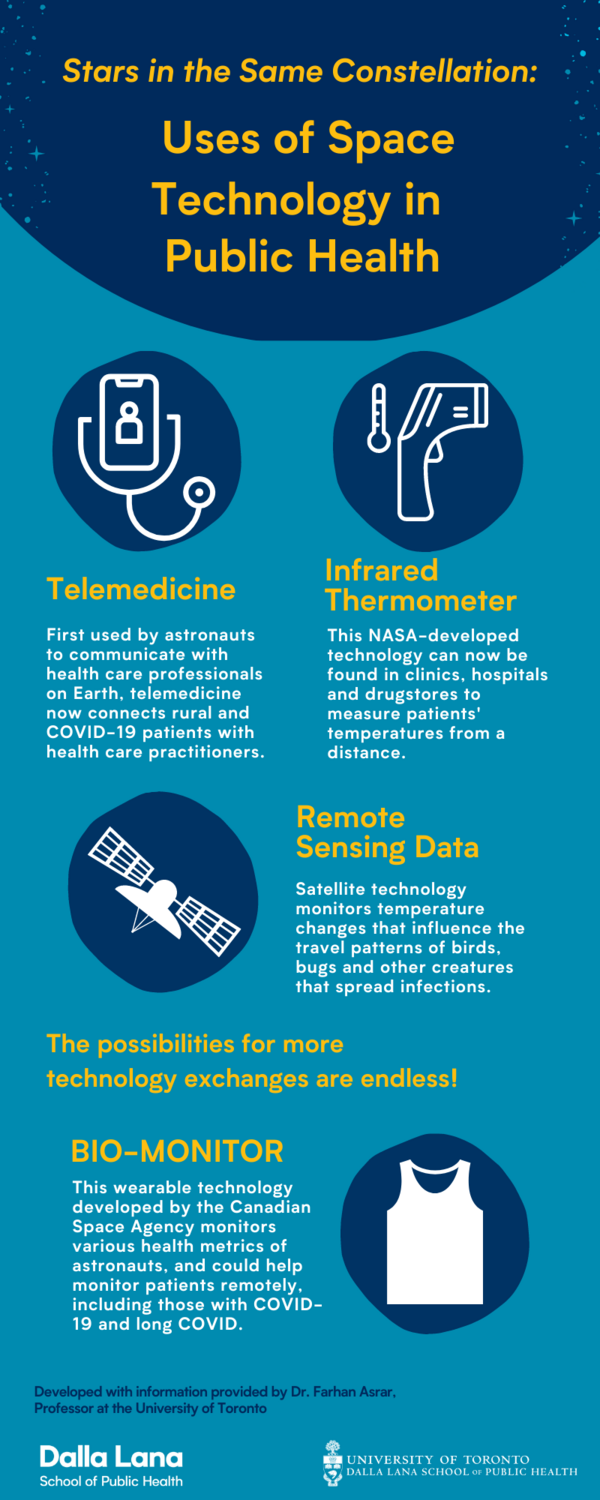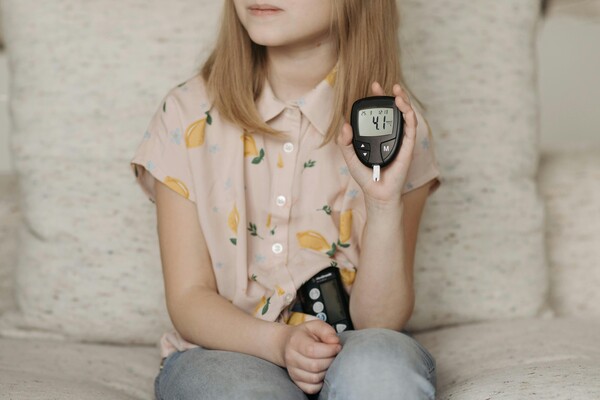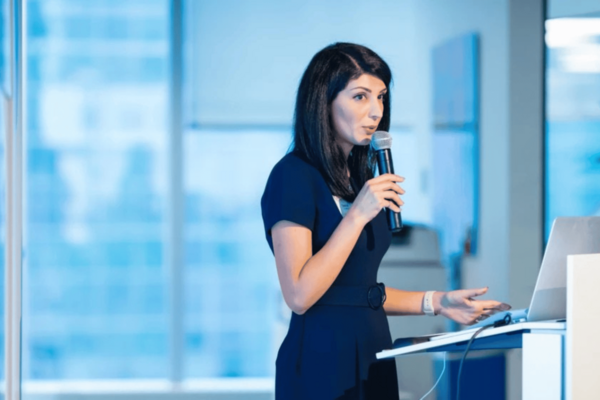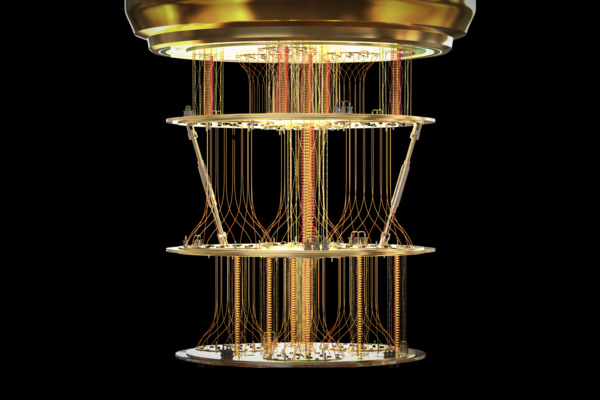Main Second Level Navigation
Jan 16, 2023
Stars in the Same Constellation: Researcher on Mutual Benefits of Space and Health Innovations
Research, Faculty & Staff, Partnerships
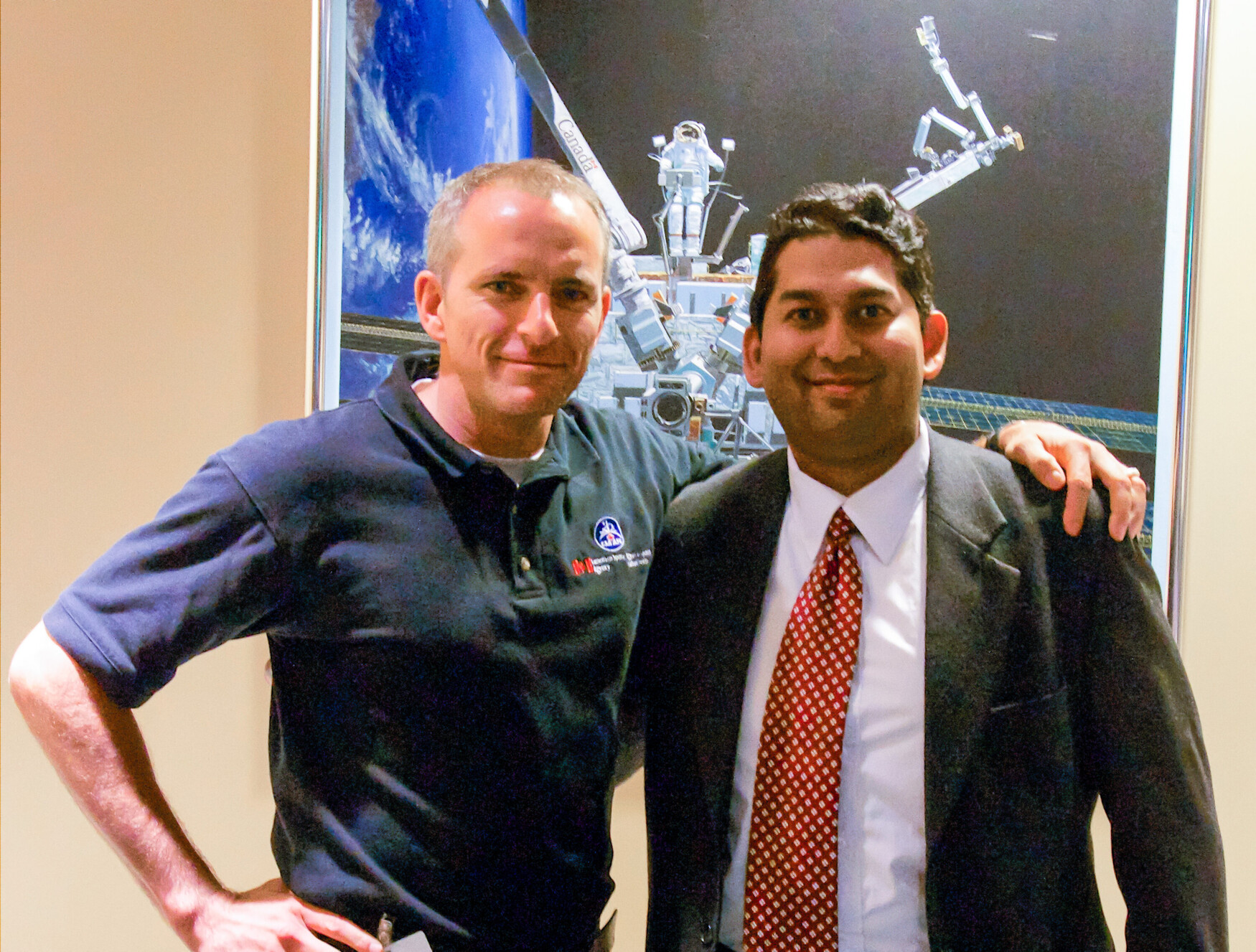
Professor Farhan Asrar (right) with Canadian astronaut, family doctor and study co-author David Saint-Jacques at the Canadian Space Agency Head Quarters.
